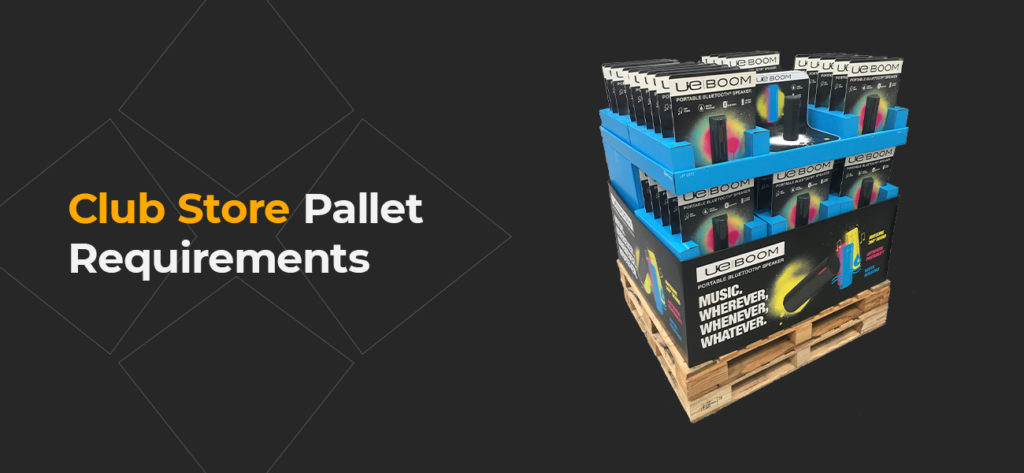Have you landed a partnership with a retailer to feature your products? Securing retail space is a major milestone in the evolution of your brand. Once you have celebrated, it is time to focus on retail displays. These are the in-store, physical structures you will use to present and promote your brand’s offerings in a way that appeals to relevant audiences and encourages them to buy.
If this sounds like a daunting task, do not worry — there are display manufacturers who work with you to launch a retail display campaign program.
















